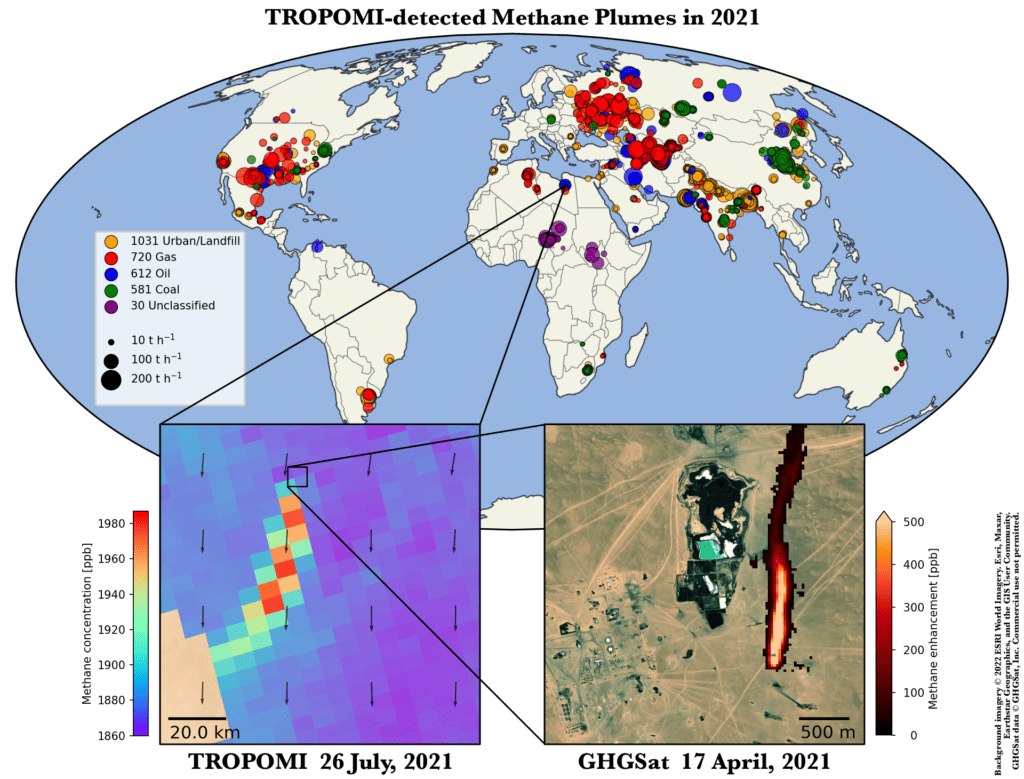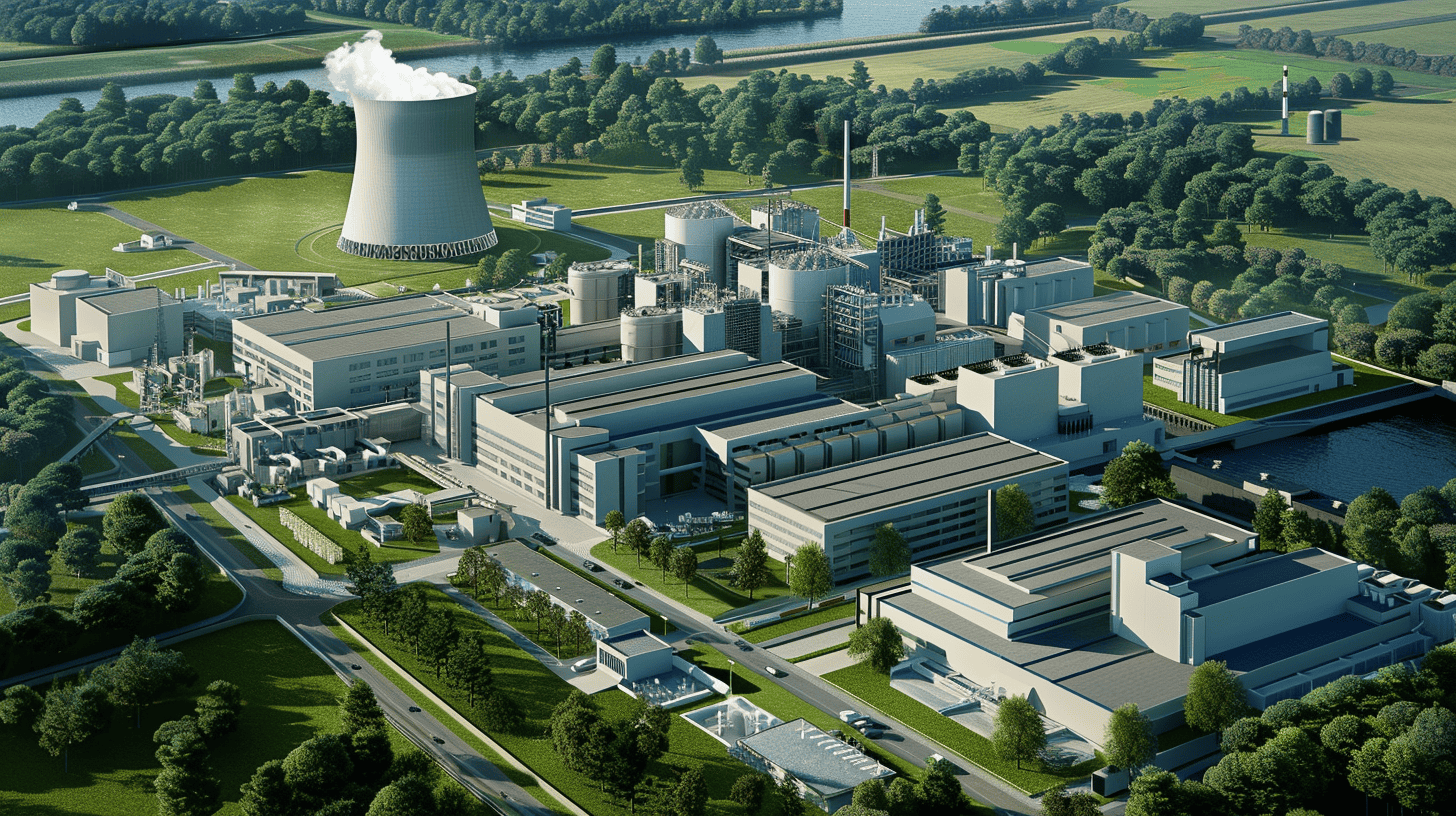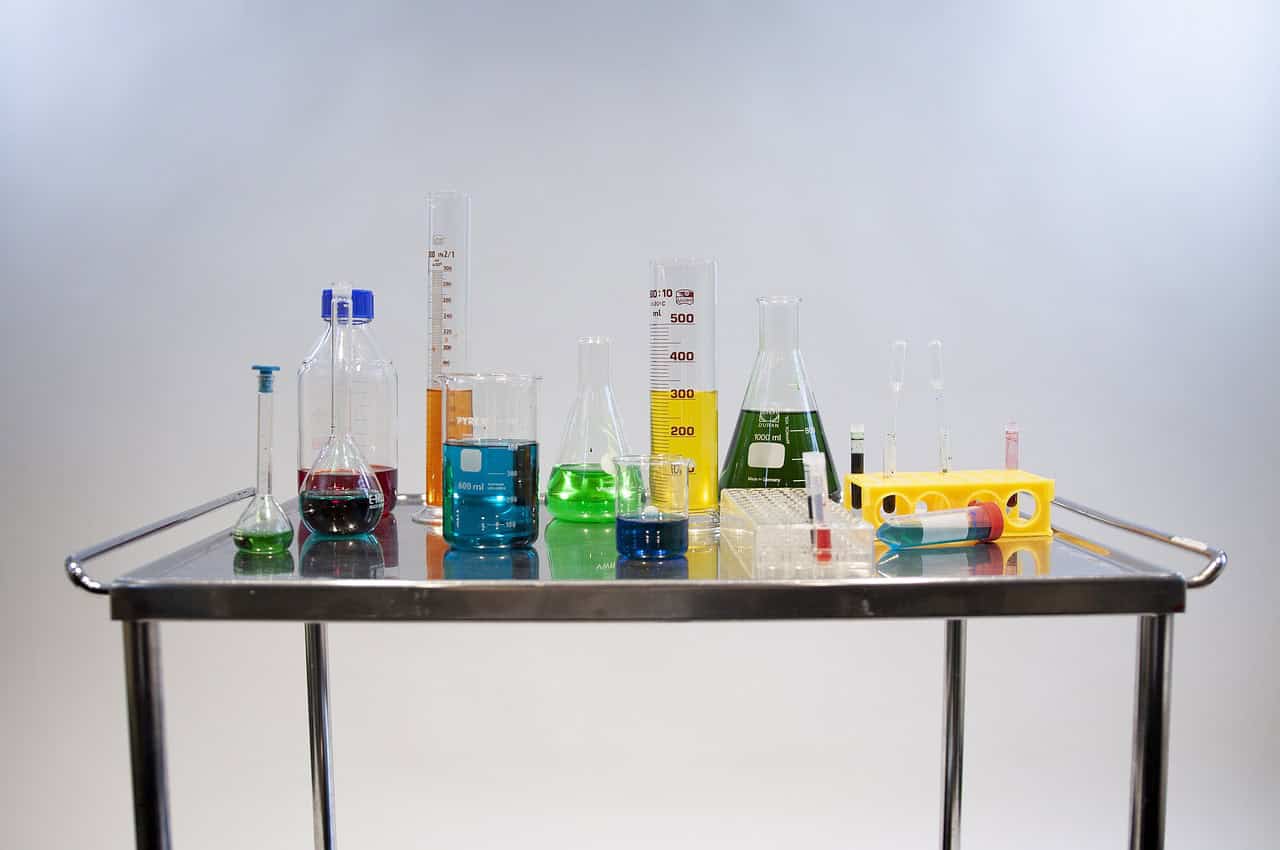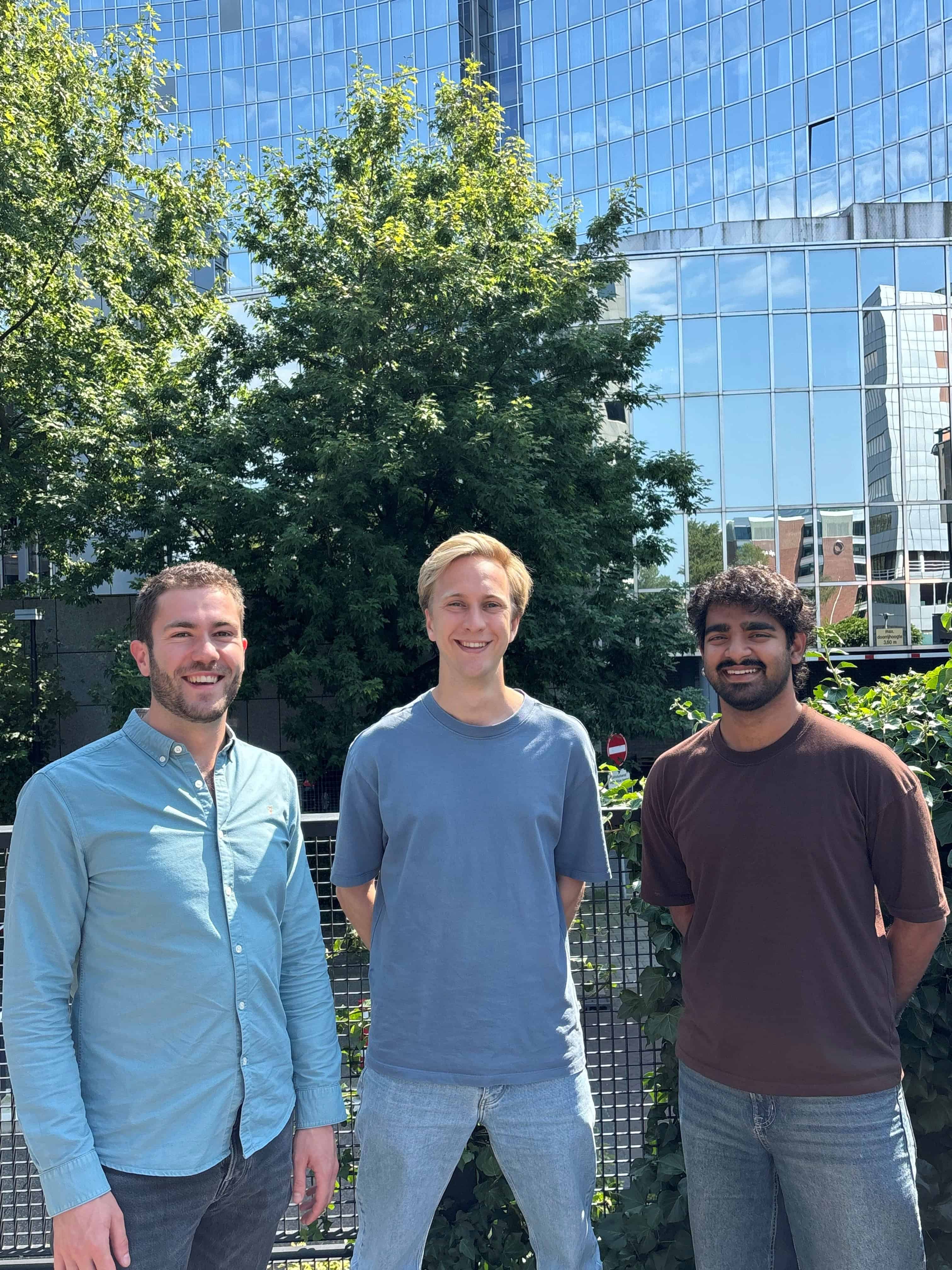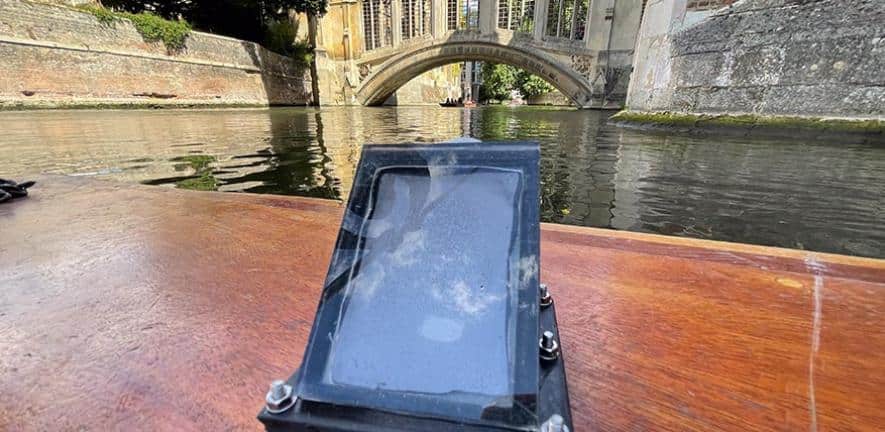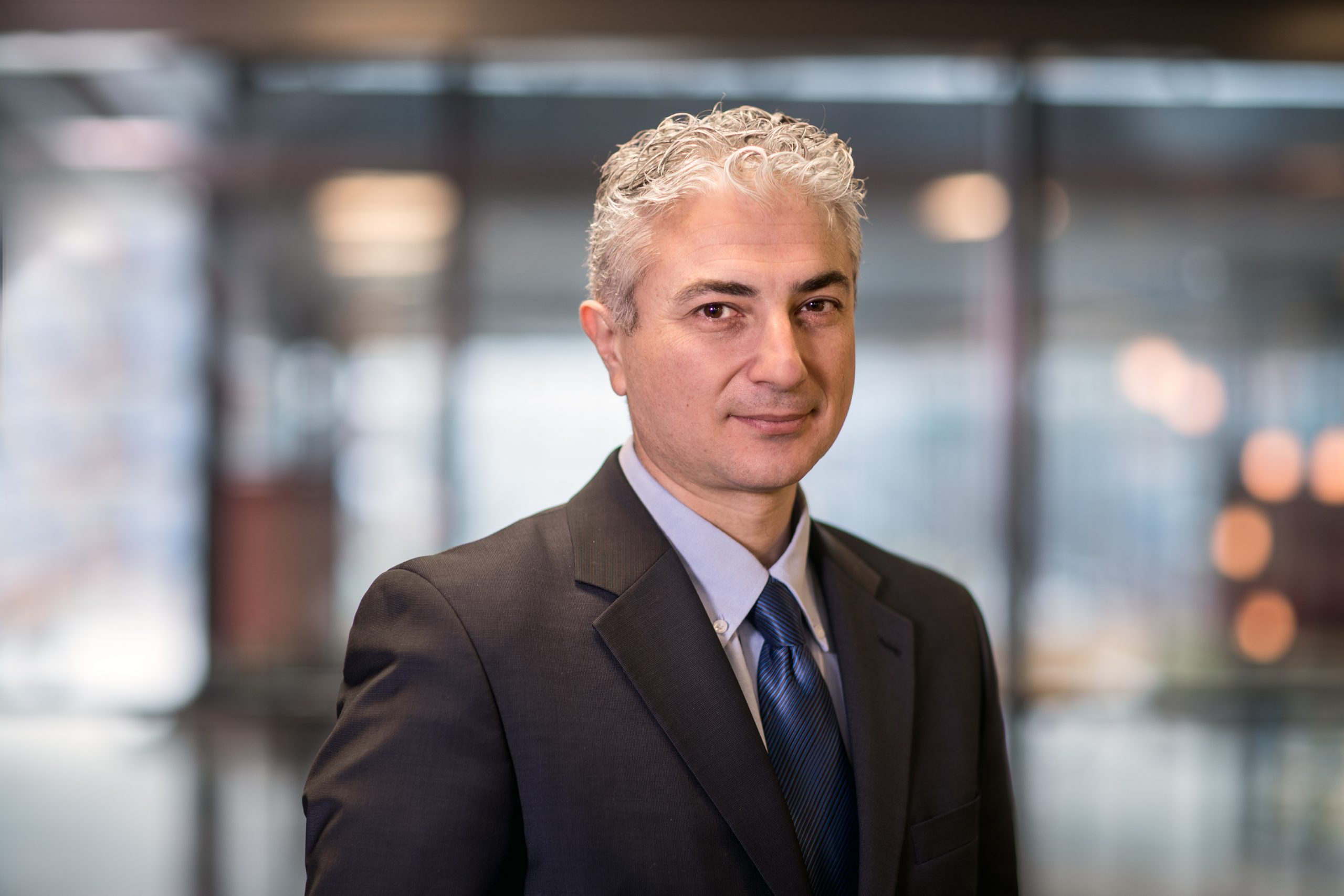
A reactor developed by scientist Fausto Gallucci at Eindhoven University of Technology, Netherlands, should make hydrogen production much cheaper. Early this year he founded the spin-off H2Site for this purpose, in which Engie and Technalia also participate. The reactor is mainly intended for the chemical industry. “Our reactor makes it possible to produce hydrogen faster and more efficiently by combining steps, saving time and money,” says Gallucci.
He wants to sell the membrane reactors to chemical companies, for example. In the device, methane and water are converted into hydrogen with a chemical reaction. “I think that hydrogen and other chemicals will no longer be produced centrally on a large scale in the future. Companies will increasingly have their own reactors to produce the substances they need,” explains Gallucci. His reactor is designed for production on a smaller scale.
Decentralization
“The way hydrogen is now produced is not as efficient on a small scale. That had to change. Our reactor is more energy-efficient and easier to use on a small scale,” he continues. This constitutes progress, both economically and socially. “The substances no longer need to be transported and there is less waste because companies only make what they really need. That’s better for the environment.”
Combining steps
Gallucci’s hydrogen reactor combines several steps of the chemical process. “Normally, for example, if you put a gas or liquid in a reactor, a reaction takes place. This results in a mixture of different substances. You still have to separate them to keep the one substance you want to use, such as hydrogen,” he says. Filtering can be done by means of membranes. These are thin barriers that allow certain substances to pass through while others do not. “We combine these steps in our reactor. That makes the process cheaper and more environmentally friendly. Less energy is needed, which means less pollution.”
The scientist has been working on this research for almost ten years. “We started on a small scale in the lab. Now we have a working reactor of three meters,” he laughs. Now, according to Gallucci, it’s time to make the reactor really work in practice. “It is our role as researchers to generate knowledge that is useful to companies and therefore to society. But it is often difficult to make the leap from university to a large company in one go. A spin-off is thus a good intermediate step.” Gallucci’s dream was to set up a spin-off at least once in his career. “I think it’s important that research be applied. I always wanted to bring a product to the market myself,” he says.
European funding indispensable
To be able to carry out his research, Gallucci often submits grant applications to Horizon 2020, the European Union’s innovation program. “Doing this kind of research is very costly. In addition to the materials and other facilities, all the people involved have to be paid,” he says. “The university cannot pay for all of this and national sources of funds are often not enough for all research at all universities. That is why it is important to actively submit proposals for research projects to the European Union.” This is often done in cooperation with a number of knowledge institutions and companies at home and abroad. They contribute some money themselves and then receive a subsidy from the European Union. In addition to the university, Gallucci’s spin-off H2Site is already a partner in a number of these European research projects.
Gallucci is currently participating in more than twenty European research projects. That is an impressive number, especially because there is much more to it than actually doing research. “You have to define an area of research and assemble teams. Plus, the research proposals must be very detailed,” says Gallucci. And by no means are all projects awarded. But the European fund for his research is very important. “Fundamental research is expensive, but necessary for future innovations. Once the research has been further developed and can be applied, large companies will often also invest.”
Circular economy
“Integrating different process functions in one reactor is my specialty,” he states. “That is the basis for all my projects. This is mainly used in the world of chemistry and chemical engineering. In the end I want to contribute to a circular economy in this way.” Step by step he is working towards this goal, over and over with different research projects, PhD students and partly EU-funded research projects. According to the scientist, his projects are doing well at the EU because they focus on a circular, decentralized economy. “In Brussels, they also know that large installations for energy, bio-mass, hydrogen and the like are not going to work,” he says.
Managing his time is, according to Gallucci, the biggest challenge. “I like to write proposals for research, actually do the research and guide students through their education. I can’t do that in a forty-hour week,” he laughs. “That’s not a bad thing, either. I think researchers like me don’t do this work for salary, but because they want to contribute to the future. It’s cool to gain knowledge and pass it on to students. It’s also nice to see that what we’re developing now will really be used in a few years’ time.”
Waste chemicals
In the future Gallucci will focus even more on the circular economy. He wants to further explore possibilities to convert waste into chemicals. “For example, we are working on a project to convert waste into bio-kerosene for airplanes,” he explains. “We are also looking into the possibility of converting CO2 into chemicals that are used in industry.”



